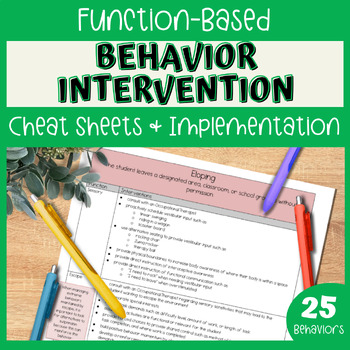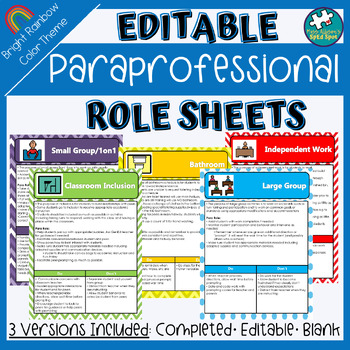
Download my FREE Being a Good Friend Social Story and Choices Sorting Mat! I look forward to connecting with you and sharing SpEd Spot tips and FREEBIES! Download the Social Story Built with ConvertKit As I have shared before, in the special education classroom student behaviors often stem from a deficit in social skills. If we only reactively address the behavior, then it will be hard to see lasting improvement. However, proactively addressing behavior concerns with social skills direct instruction can make a huge difference! Problem Scenario Circle or Carpet Time is often a time of the day when we see an increase in unexpected behaviors. Not only can students struggle with their own on task behaviors, but they can also have difficulty juggling social expectations as well. Circle Time Social Skills Direct Instruction When teaching social skills (or any new skill really) I tend to follow the same sequence of steps: 1. Teach: First, I teach the expected skill. Using ......

Download my FREE Being a Good Friend Social Story and Choices Sorting Mat! I look forward to connecting with you and sharing SpEd Spot tips and FREEBIES! Download the Social Story Built with ConvertKit As I have shared before, in the special education classroom student behaviors often stem from a deficit in social skills. If we only reactively address the behavior, then it will be hard to see lasting improvement. However, proactively addressing behavior concerns with social skills direct instruction can make a huge difference! Problem Scenario Group work times are often a time of the day when we see an increase in unexpected behaviors. Not only can students struggle with their own on task behaviors, but they can also have difficulty juggling social expectations as well. Work Time Social Skills Direct Instruction When teaching social skills (or any new skill really) I tend to follow the same sequence of steps: 1. Teach: First, I teach the expected skill. Using a ......

Download my FREE Being a Good Friend Social Story and Choices Sorting Mat! I look forward to connecting with you and sharing SpEd Spot tips and FREEBIES! Download the Social Story Built with ConvertKit In the special education classroom, student behaviors often stem from a deficit in social skills. If we only reactively address the behavior, then it will be hard to see lasting improvement. However, proactively addressing behavior concerns with social skills direct instruction can make a huge difference! Problem Scenario Do you have students who struggle with expected behaviors when interacting with peers and maintaining friendships? This year, I have some girls in particular that are quite catty which has led to a lot of unexpected drama! I also had some boys who were a bit “mindblind” and only thought of themselves when it came to winning, being first in line, or playing with certain toys. Being a Good Friend Social Skills Direct Instruction When teaching social skills (or ......
Subscribe to:
Posts (Atom)






